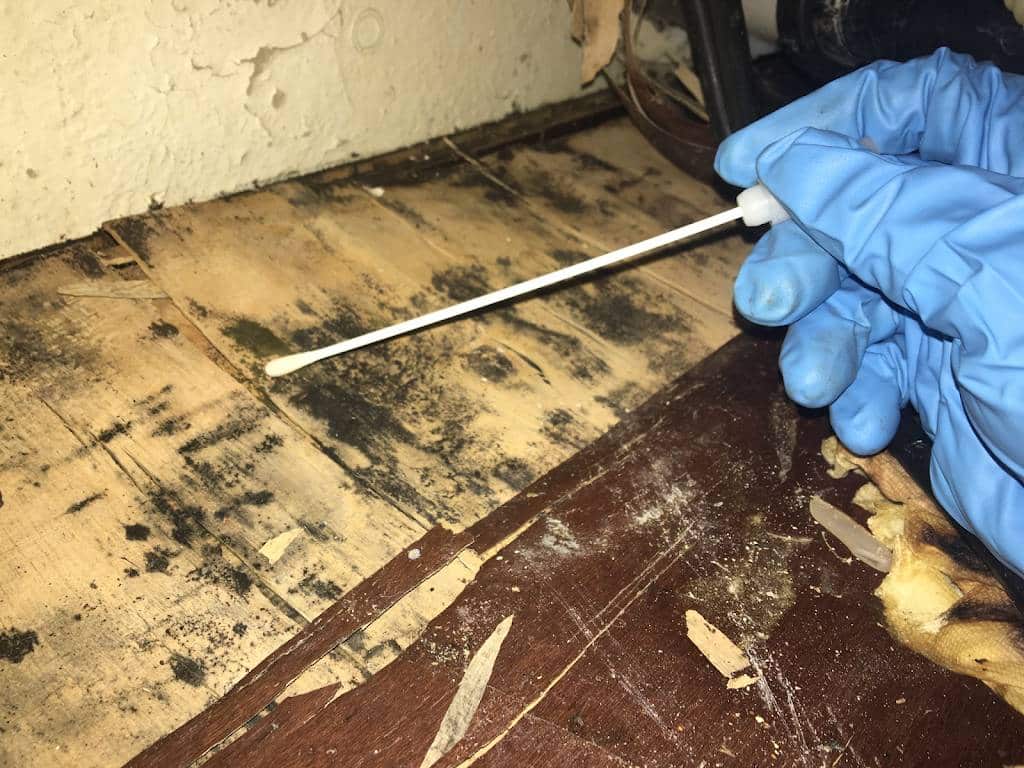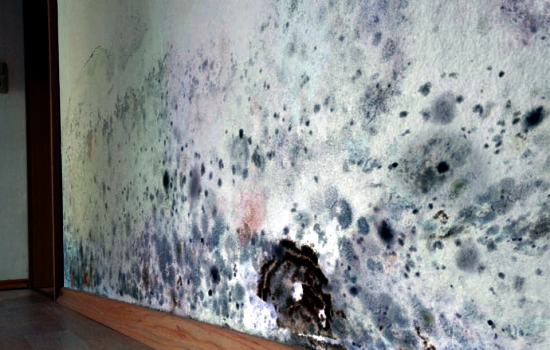Your Ultimate Guide to Article Mold And Mildew Remediation Strategies
In the after-effects of mold and mildew infestation, knowing just how to effectively get rid of the mold and mildew and prevent its reoccurrence is paramount for preserving a healthy interior atmosphere. From picking the appropriate cleaning and decontaminating approaches to executing techniques for long-term mold and mildew prevention, each action in the removal journey plays an important function in guaranteeing a successful result.
Recognizing Post-Mold Remediation Process
After finishing the mold and mildew removal procedure, it is important to understand the post-mold removal strategies that are required to make certain a complete and effective clean-up. When the mold and mildew has been gotten rid of, the following action involves cleansing and disinfecting the impacted locations to stop any kind of regrowth of mold and mildew. This includes utilizing specialized cleaning representatives to clean down surface areas and eliminate any kind of staying mold spores. It is important to dry out the location completely to inhibit the growth of mold in the future (Post Remediation Inspection near me). Correct ventilation and dehumidification can assist in this process.
Furthermore, carrying out a final assessment post-remediation is vital to guarantee that all mold and mildew has actually been effectively gotten rid of. This examination needs to include a thorough aesthetic check as well as perhaps air sampling to confirm the lack of mold spores airborne. Added removal may be necessary if the assessment exposes any kind of remaining mold and mildew. Finally, informing owners on precautionary procedures such as regulating moisture degrees and immediately addressing any water leaks can assist keep a mold-free setting.
Efficient Cleaning and Disinfecting Methods

Avoiding Future Mold Development

Importance of Correct Ventilation
Proper ventilation plays a critical duty in preventing moisture build-up, a key factor in mold development within indoor settings. Reliable ventilation systems aid eliminate excess humidity from the air, reducing the chances of mold and mildew spores discovering the dampness they require to spread out and germinate. Without ample air flow, indoor spaces can end up being a breeding place for mold and mildew, bring about potential wellness risks and structural damages.
By making sure proper air circulation, air flow systems can also help in drying out moist locations quicker after water damage or flooding occurrences, even more deterring mold and mildew growth. Post Remediation verification. In spaces like bathrooms, attics, kitchens, and cellars where dampness levels have a tendency to be higher, mounting and preserving efficient air flow systems is essential in protecting against mold problems

Tracking and Upkeep Tips
Given the vital role that proper air flow plays in stopping mold and mildew development, it is critical to establish efficient surveillance and upkeep pointers to make sure the ongoing performance of air flow systems. Routine assessments of ventilation systems need to be carried out to look for any indications of blockages, leaks, or malfunctions that can impede appropriate airflow. Tracking humidity degrees within Source the residential property is also important, as high moisture can add to mold development. Installing a hygrometer can assist track moisture degrees and sharp home owners to any type of spikes that may call for focus. Additionally, ensuring that air filters are routinely cleaned up or replaced is vital for keeping the performance of the air flow system. Implementing a timetable for routine maintenance tasks, such as duct cleansing and a/c system inspections, can help stop issues before they rise. By staying mindful and positive to the problem of air flow systems, property owners can properly minimize the threat of mold regrowth and preserve a healthy indoor atmosphere.
Conclusion
To conclude, post-mold remediation methods are important for ensuring a clean and safe setting. Comprehending the process, implementing effective cleaning and disinfecting techniques, stopping future mold and mildew development, maintaining proper air flow, and regular surveillance are all vital action in the remediation procedure. By adhering to these standards, you can effectively eliminate mold and prevent its return, promoting a healthy and balanced living or functioning area for all passengers.
In the after-effects of mold and mildew infestation, recognizing how to effectively get rid of the mold and stop its reoccurrence is critical for maintaining a healthy and balanced interior atmosphere. As soon as the mold and mildew has been eliminated, the next step entails cleansing and sanitizing the affected areas to prevent any kind of regrowth of mold - what to do after mold remediation. After getting rid of noticeable mold and mildew growth, it is crucial to clean up all surfaces in the affected area to eliminate any staying mold spores. To even more improve mold prevention procedures, it is necessary to resolve underlying problems that initially led to mold and mildew advancement.Provided the vital function that appropriate ventilation plays in avoiding mold growth, it is crucial to establish efficient monitoring and maintenance pointers to ensure the ongoing capability of air here flow systems
Comments on “After Mold Remediation Strategies for Tidy Rooms”